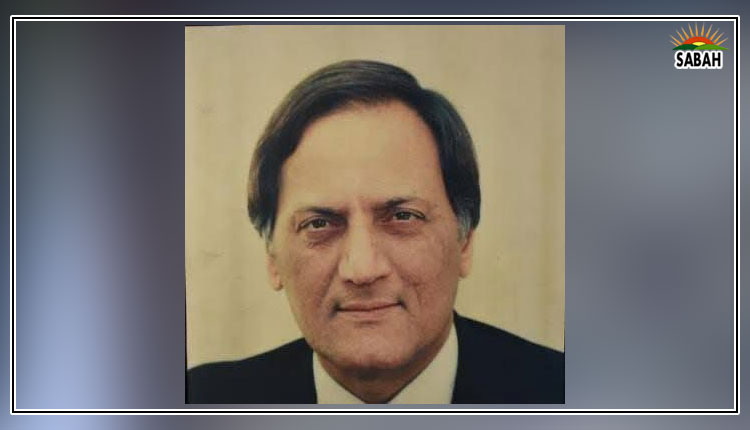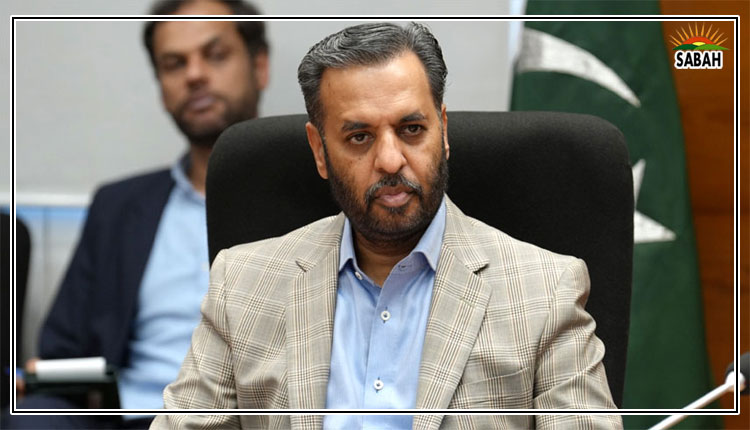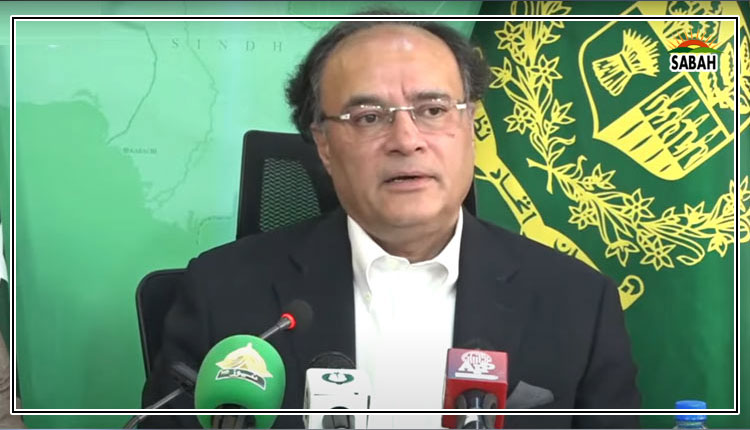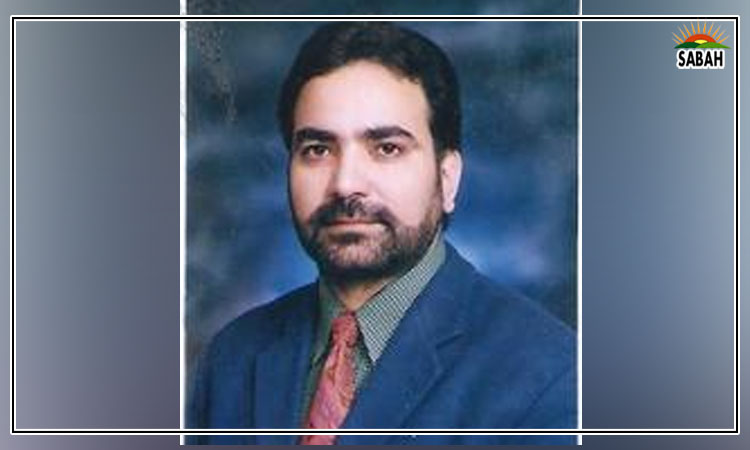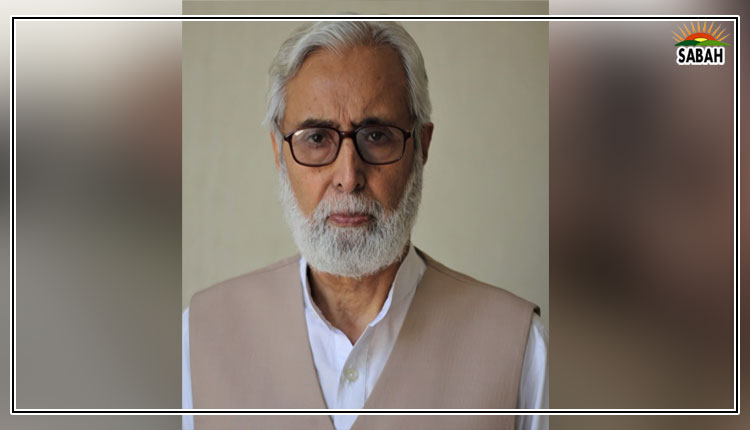Rome’s ‘behishti darwaza’…By Ghazi Salahuddin
Many in my generation had seen Rome for the first time with Gregory Peck and Audrey Hepburn. And they fell in love with the Eternal City. ‘Roman Holiday’, of course, was first released in Karachi in the mid-fifties, ages ago when I was a teenager. In fact, it remains high on my list of feel-good movies even now. That story of romantic love in black and white shot in Rome never fails to cheer you up.
I had to wait almost thirty years to visit Rome in person, on a journalistic assignment. There were a few more occasions to throw a coin in the Trevi fountain and sit on the Spanish Steps and think of John Keats. (‘A thing of beauty is a joy forever’.) Essentially, though, Rome projects the past glory of the Roman Empire and is the centre of the Catholic Church.
Anyhow, I am writing this column to share some thoughts and experiences of being in Rome in the first week of the New Year. Because our younger daughter lives in Italy, near Milan, my wife and I have been going to Italy almost annually for more than a decade. But Rome had slipped out of the radar because of the easy access to so many interesting places from northern Italy.
This time, when our elder daughter, with her own daughter, decided to join us for just one week during our over three weeks’ stay in Italy she found an easy connection to Rome from Los Angeles and not Milan. Somehow, the idea of getting together in Rome and dividing the week between Rome and Naples came up and we grasped it enthusiastically,
Enough of this personal digression; the idea is to talk about Rome. In the first place, there was something special about the city at this time that I was not aware of. When we made our plans, we did not know that this was the Jubilee Year – a fact of Roman life every 25 years. How important this religious occasion is may be judged by the fact that the Sistine Chapel, Michelangelo’s depiction of the ‘Creation of Adam’, was built for a Jubilee. It opened in August 1483.
But what is the significance of the Jubilee year? This is the year when the Holy Door of St Peter’s Basilica is opened for the pilgrims. Actually, the year begins when the Pope inaugurates a Jubilee year on Christmas Eve with the opening of the Holy Door. This is what Pope Francis did on December 24, 2024. Hence, 2025 is the Jubilee Year. It is a Christian tradition dating to 1300.
It will be interesting to see how this year will change Rome or, in other words, how the city will cope with a surge of pilgrims – and the usual tourists – during the year, particularly during the summer months. The figures being quoted are astounding. Rome has 2.75 million residents. As many as 32 million visitors are expected during the year. This would be 10 million more than in 2024 which, incidentally, was a record high. As one newspaper said, a visit to Italy in 2025 might not be the brightest idea.
We saw the rush even in the first week of this month, amid an icy winter. Apparently, it was more of a domestic tourism. The sales began on January 4 and walking on the streets in the pedestrian areas was troublesome. This was some indication of how tourism, particularly in Europe, has surged after the pandemic. There are stories of public demonstrations of local residents against the influx of tourists in their towns.
I have talked about how Rome would change after the Jubilee experience. But Rome has already changed to be ready for this year’s celebrations. The Jubilee has motivated Rome’s biggest facelift since the 1960 Olympic Games. In recent months, Rome looked like a giant construction site. The national government has invested five billion dollars in various projects. I was very impressed by a newly created pedestrian area near the Vatican.
The officials have a tough task on their hands. The Spanish Steps are already very crowded. There are plans to limit visitors to Trevi Fountain. When we visited it on Friday last week, queues had to be formed to step down to the edge of the monument, the very sight of which evokes memories of what one has seen in movies, heard in songs and read in fiction. As an aside, an estimated 3,000 euros are thrown into the fountain on a normal day.
We are told that comparisons are odious and they should be particularly so in religious matters. But I could not help recalling the rituals associated with the shrine of Baba Fariduddin Gang Shakar in Pakpattan when I learnt about the Holy Door of St Peters. The significance of the two, in many respects, certainly varies.
However, there is this ‘Behishti Darwaza’ in the Pakpattan shrine that is only opened during the Urs that is held on the death anniversary of Baba Farid. It is open only for five days. There are those who believe that all the sins are washed away when one passes through the door. Many politicians are known to have frequented the shrine. Does a name spring to mind?
Regarding the Jubilee year, pilgrims who come to Rome seek spiritual renewal and a stronger connection to their faith. It gives every generation a chance to experience this spiritual time of grace. Pope Francis wants this year – 2025 – to be lived as a year of hope.
Ultimately, it is the hope for peace and love and well-being of our fellow human beings that should guide our beliefs and our exertions for a better world. But we do live in a tumultuous world in which there is not much joy and a lot of pain.
Still, it is inspiring to see the believers engage in redemptive activities and seek spiritual renewal. I had a glimpse of this in Rome, in the initial days of the Jubilee year.
COURTESY THE NEWS


